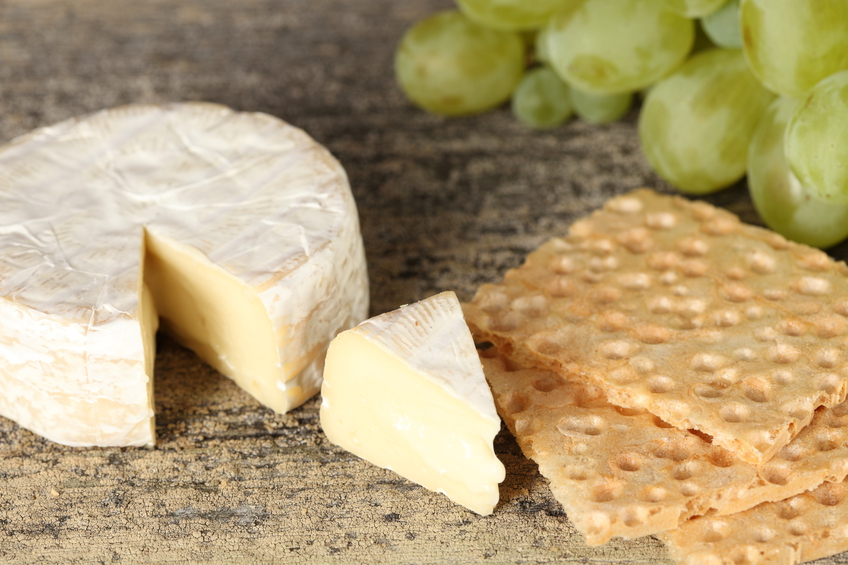3 Tips for Clean Eating
Eat more plant-based meals: a vegetarian diet requires significantly less water and energy than a meat-heavy diet. Eating a fiber-rich, plant based diet promotes healthy cholesterol levels, and may add years to your life. Make the meat you choose organic/grass-fed, eat it less often and for seafood, choose sustainably caught. The Monterey Bay Aquarium’s Seafood Watch website section makes it simple.
Clean eating is not an ‘all or nothing’ concept. You can take steps to move your diet in that direction without sacrificing everything. Any of the following practices will improve the quality of your diet and, in turn, your health.
- Limit processed foods ~ One way to do this is to concentrate on the perimeter of the grocery store when you shop. That’s where you’ll find fresh produce, lean meats, eggs and other minimally processed foods. Of course the middle aisles do offer clean processed foods, such as oils, nuts, canned tomatoes, spices and whole grains, such as oatmeal and quinoa. Minimally processed foods, such as plain yogurt, can be a part of a healthy diet whereas many frozen meals may not fit into a clean eating plan.
- Cut down on added sugars ~ reading labels and ingredient lists can be helpful in limiting added sugars. Ingredients are listed by weight, with the most prominent first. The American Heart Association recommends keeping added sugars at 25 grams/day or less, which is about 6 teaspoons per day for women and 36 grams/day, or 9 teaspoons for men. Even 50 grams/day would be an improvement over the average adult’s intake of 70 grams sugar/day, or over 17 teaspoons per day. Limit condiments, such as ketchup and BBQ sauce, choose unsweetened beverages, limit desserts. Choose foods with natural sugars for your sweet carvings, such as fruit.
- Eat more whole grains, fruits and vegetables ~ experiment with a variety of whole grains that take you beyond whole wheat pasta and oatmeal. Buy fresh fruits and veggies or minimally processed frozen (without sugar or sauces) produce. To control costs, shop smart. Go for sales and shop in-season when buying fresh produce. If possible, shop at produce markets and/or farmer’s markets where prices on certain items may be lower.










